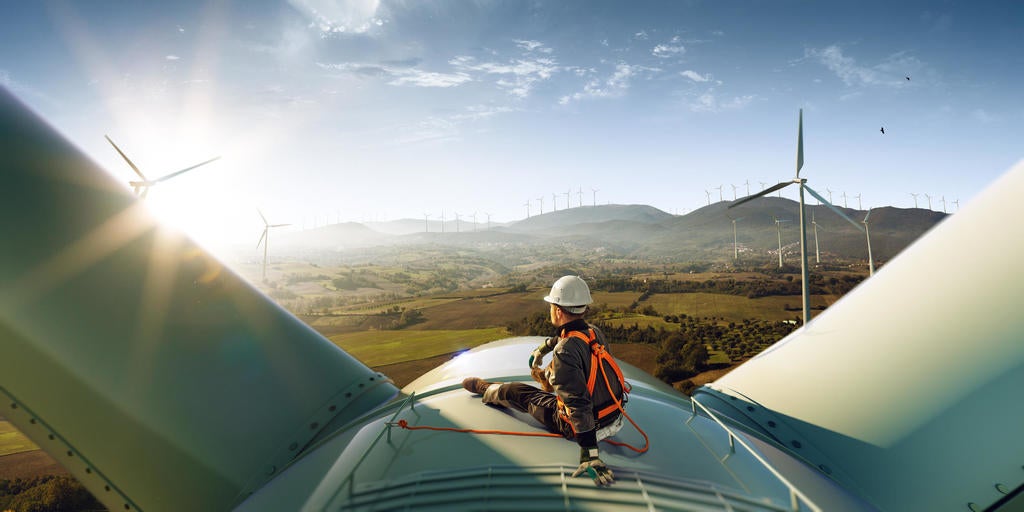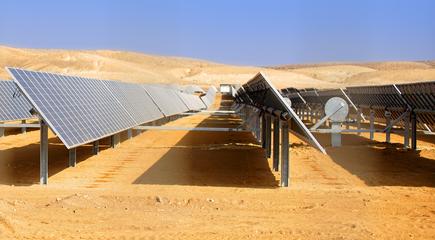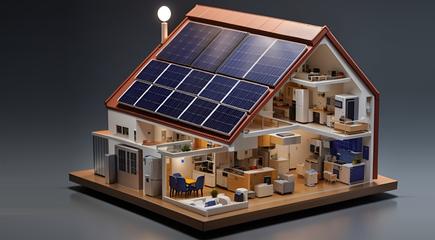Growth of Wind Power Over the Next 30 Years

Reducing global CO2 emission depends heavily on renewable power generation. With all but four countries in the world signed up to the Paris Climate Agreement, the pressure is on to accelerate the deployment of renewable sources of energy, and wind power is taking the lead.
Worldwide, wind power now accounts for more than half of the non-hydroelectric renewable energy. The deployment of wind power is also growing faster than any other segment, increasing from 7.5 GW in 1997 to 567 GW in 2018, according to International Renewable Energy Agency. What role will wind power have over the next 30 years, and what are the challenges?
Where have we seen most of the recent growth in wind power?

The global increase in onshore wind power in 2020 was 108 GW, twice as much as in 2019. Seventy-nine percent of this additional capacity came from China and the United States, the top-two CO2 producers in the world.
China has an aggressive goal of increasing its wind capacity by five to six times from 2021 to 2025, as the country’s CO2 emission is expected to peak in 2030 and its demand for electricity continues to increase rapidly.
A major growth factor is technology advancement. Larger turbines generate electricity at a lower cost per KW. Costs have dropped 45% to 66% across the world, bringing the technology within reach of more of the population and enabling more power to be generated from new installations compared to old ones. New turbines can also generate electricity at lower wind levels resulting in much longer running time.
Government incentives like tax breaks and reduced tariffs have been proven effective in increasing investment in wind power.
Wind power generation also has a few advantages over other renewable sources that have helped it grow. For example, there are more suitable locations for wind farms than hydro-electric plants. Wind turbines don’t need water for cooling, and their footprint is relatively small, enabling them to be placed close to buildings. Many companies and private owners are making their own investments, similar to the increase of roof-top solar panel installations.
Grow on land. Grow at sea.
Offshore wind farms are set to grow significantly over the next 10 years as they are still a small contributor currently to the global wind power scene. They are best suited to locations close to large population centers, with reliable offshore winds and a shallow seabed. Europe already has 40 offshore installations and, along with China, is driving growth.
The United States, the second largest CO2 producer behind China, is also ramping up construction of offshore wind facilities. Adding to its seven pilot offshore turbines, the country’s first offshore wind farm will start producing next year, with a second one in 2024 and a third in 2026. Seven coastal states have made large commitments to buying offshore wind power, with the government introducing long-term incentives to support the industry.
More regions are also deploying offshore wind farms. India, Taiwan and Japan are in different stages of developing offshore wind power. We can expect to see more countries join the list as the costs start to come down and the pressure to reduce emissions increases.

In addition, we will see new developments, such as floating wind power, gain ground. Hywind Scotland has been operating since 2017. Initial reports suggest the floating motion of the turbines isn’t having a significant impact on reliability or production. As this technology matures, we can expect the high capital costs to come down, and confidence increase. This technology opens up wind power to locations with steep seawalls, including islands, where seabed-based solutions are not possible.
What challenges will wind power face in the next 30 years?
Current wind farm deployments are mostly located close to dense populations. Some countries have decentralized power grids, and energy is not easy to move around. The infrastructure will need significant investment to enable expansion to less centralized locations.
For wind power to continue to grow at a significant rate each year, supply chains also need to grow. We are seeing established European suppliers investing in the new U.S. markets and driving innovation. As the technology becomes more established in new markets, domestic manufacturing of components will become more likely, further reducing costs for the home market, driving market growth and increasing the availability of those components to enter new markets.
Innovations to increase size, efficiency and reliability of turbines can be expected to continue. An example of such technological advancements is Power Integrations’ SCALE-iFlex™ LT plug-and-play dual gate-drivers.
The devices improve the performance of multiple parallel EconoDUAL™ modules by 20%, allowing users to eliminate one of every six modules from power inverters and converter stacks. In addition to saving the cost of the driver and module, this reduces control complexity and costs related to modules, wiring, hardware, and heatsinking. SCALE-iFlex LT is particularly applicable to offshore wind turbines in the 3 to 5 MW range.





